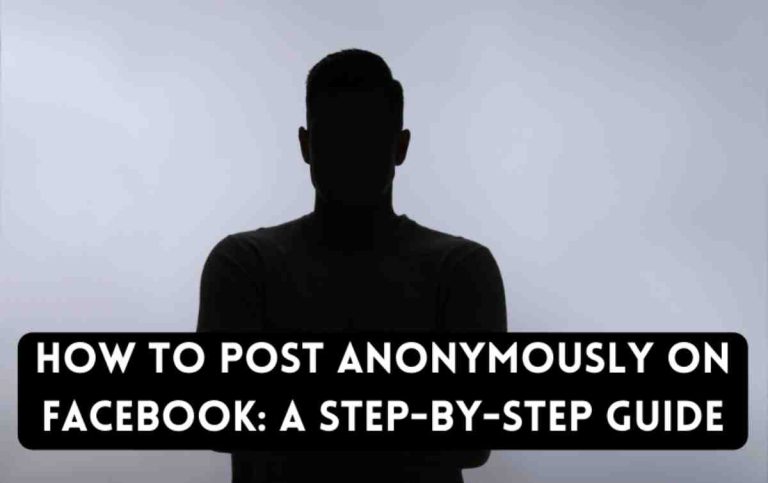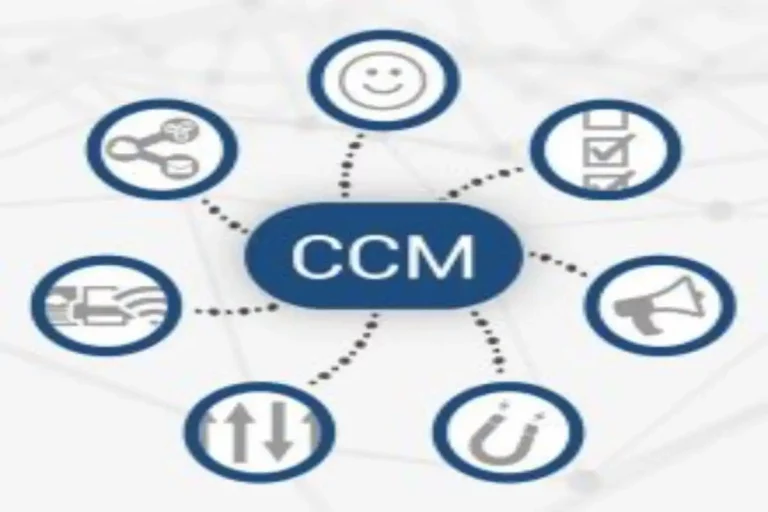Rhode Island, though the smallest state in the U.S., boasts a rich history and a vibrant culture. Whether you’re relocating, buying or selling a car, or simply moving between states, car shipping services can offer significant advantages. In this blog, we’ll explore the numerous benefits of using car shipping services in Rhode Island.
Table of Contents
1. Convenience and Time-Saving
One of the biggest advantages of car shipping is the convenience it offers. Instead of driving long distances, which can be tiring and time-consuming, car shipping services allow you to have your vehicle transported directly to your destination. This is particularly beneficial in Rhode Island, where many residents travel frequently between neighboring states or need to move vehicles for a variety of reasons. By opting for a car shipping service, you can save hours or even days of driving, giving you more time to focus on other important tasks.
2. Reduced Wear and Tear on Your Vehicle
Driving long distances can take a toll on your car, leading to increased wear and tear. From engine stress to tire wear, the more you drive, the more likely it is that your vehicle will experience mechanical issues over time. Rhode Island car shipping services help protect your vehicle by transporting it without adding extra miles to the odometer. This ensures that your car remains in good condition and is not exposed to the risks associated with long trips.
3. Safety and Security
Rhode Island residents often transport valuable or classic cars, which require extra care during transport. Car shipping companies typically provide secure transportation methods, including enclosed transport options, to protect your vehicle from weather, debris, and other external factors. Additionally, shipping companies are fully insured, meaning that in the unlikely event of damage during the transit, you can claim compensation, offering peace of mind that your vehicle is safe.
4. Flexibility and Cost-Effectiveness
Car shipping services provide flexibility in terms of delivery options. Whether you need door-to-door service or terminal-to-terminal shipping, you can choose the service that best fits your schedule and budget. In some cases, shipping a car across states can be more cost-effective than driving it yourself, especially if you factor in fuel costs, accommodation, meals, and the potential for wear and tear on your vehicle.
For Rhode Island residents who may not want to drive a car for long distances or want to avoid the hassle of organizing multiple stops, car shipping offers a practical and affordable alternative.
5. Expertise in Handling Special Vehicles
If you have a luxury, antique, or oversized vehicle, you’ll want to work with professionals who have experience in handling special vehicles. Car shipping companies in Rhode Island specialize in moving all types of vehicles, from regular cars to classic and luxury models. Their expertise ensures that the car is transported properly, reducing the risk of damage during transit. This is especially important for Rhode Islanders with rare or high-value vehicles who want to ensure their car arrives safely at its destination.
6. Access to a Wide Range of Car Shipping Services
Rhode Island car shipping services come with a variety of options to meet different needs. From open-air transport, which is a more affordable choice, to enclosed transport for high-value or sensitive vehicles, you can select the service that works best for you. Moreover, with a network of transport options across the region, car shipping companies can cater to both local and long-distance needs, ensuring that no matter where you are in Rhode Island, there’s a service available to help with your car transport.
7. Support for Long-Distance Moves
Whether you’re moving from Providence to a neighboring state or transporting a car across the country, car shipping services make long-distance moves easier and less stressful. Rhode Island, being so close to major cities like Boston and New York, makes it ideal for car shipping companies that handle both short and long-distance shipping. Moving a car without worrying about the logistics is a major convenience for anyone involved in a long-distance relocation.
Conclusion
In Rhode Island, car shipping services offer a wealth of benefits, from convenience and safety to cost-effectiveness and flexibility. Whether you’re transporting a vehicle for personal reasons or business needs, using a professional car shipping service can provide peace of mind and ensure that your vehicle arrives safely at its destination. With various shipping options and expert handling, car shipping is a reliable solution for Rhode Island residents looking to move their vehicles with ease.








